

Nunawading Community Hub

Nunawading Community Hub
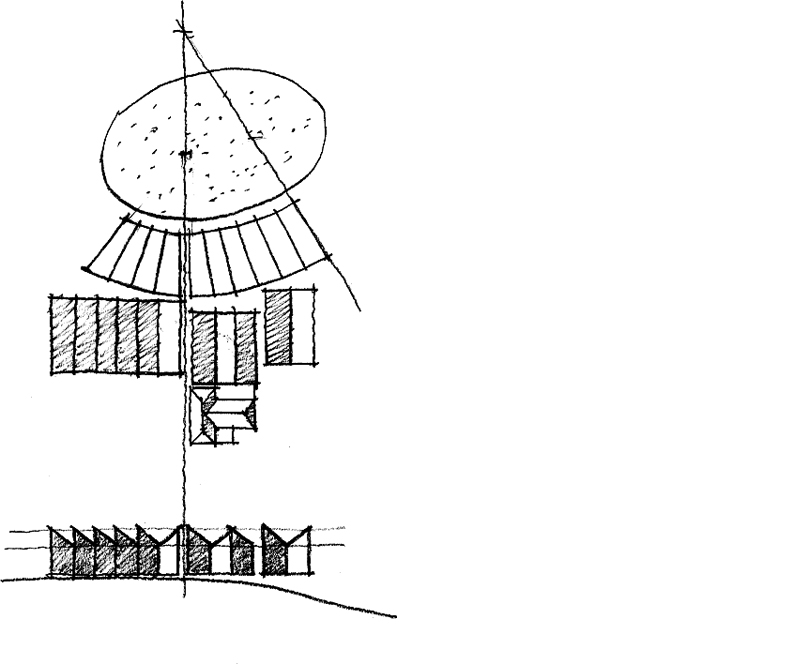
The architecture is conceived with simple forms, each a response to the environmental framework (proportion and scale), while symbiotic to the functional, pragmatic and environmental control requirements.
The project brings together 26 disparate community groups into a single purpose-built facility, providing for specific community group needs such as the Nunawading Lapidary Club, the Whitehorse Arts Association and the local chapter of the University of the Third Age. A timber lined basketball stadium provides state-of the-art facilities for multiple sports, and a dance hall and function space are designed for multipurpose use. The heritage school building has counselling rooms and large flexible meeting spaces, all with high levels of acoustic treatment and audio-visual equipment. Meals-on-Wheels and a pottery studio occupy the lower level, with dining areas on the upper level opening to the redeveloped landscape and Tunstall Park beyond.
The hub includes the surrounding landscape, incorporating the old school oval and school house. The oval has been converted into a new community park overlooking Tunstall Park, located on the traditional land of the Wurundjeri people of the Kulin nation.
Large First Nations' gatherings were once held here. The Nunawading Community Hub has become a new place of gathering, a place to once again share knowledge.
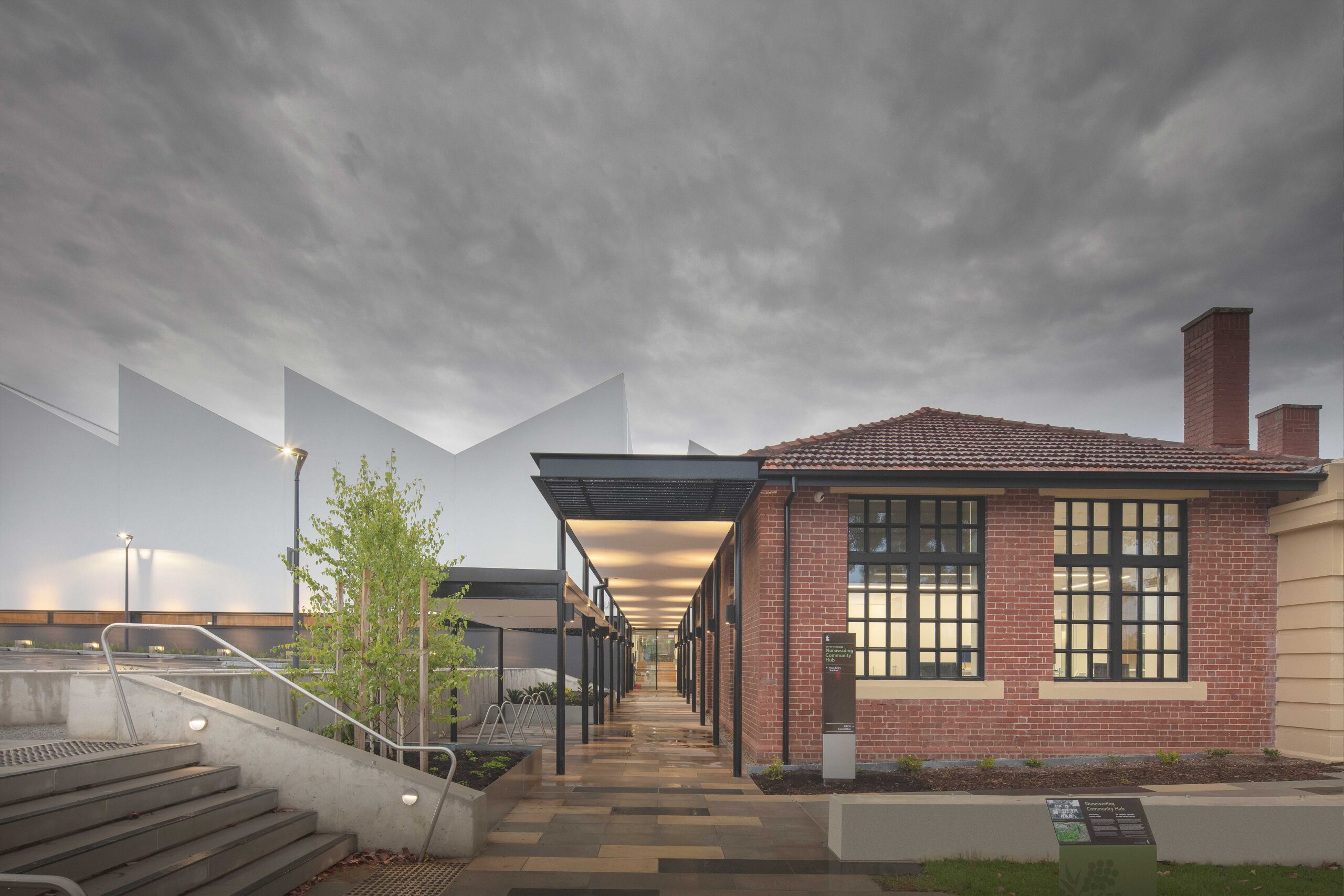
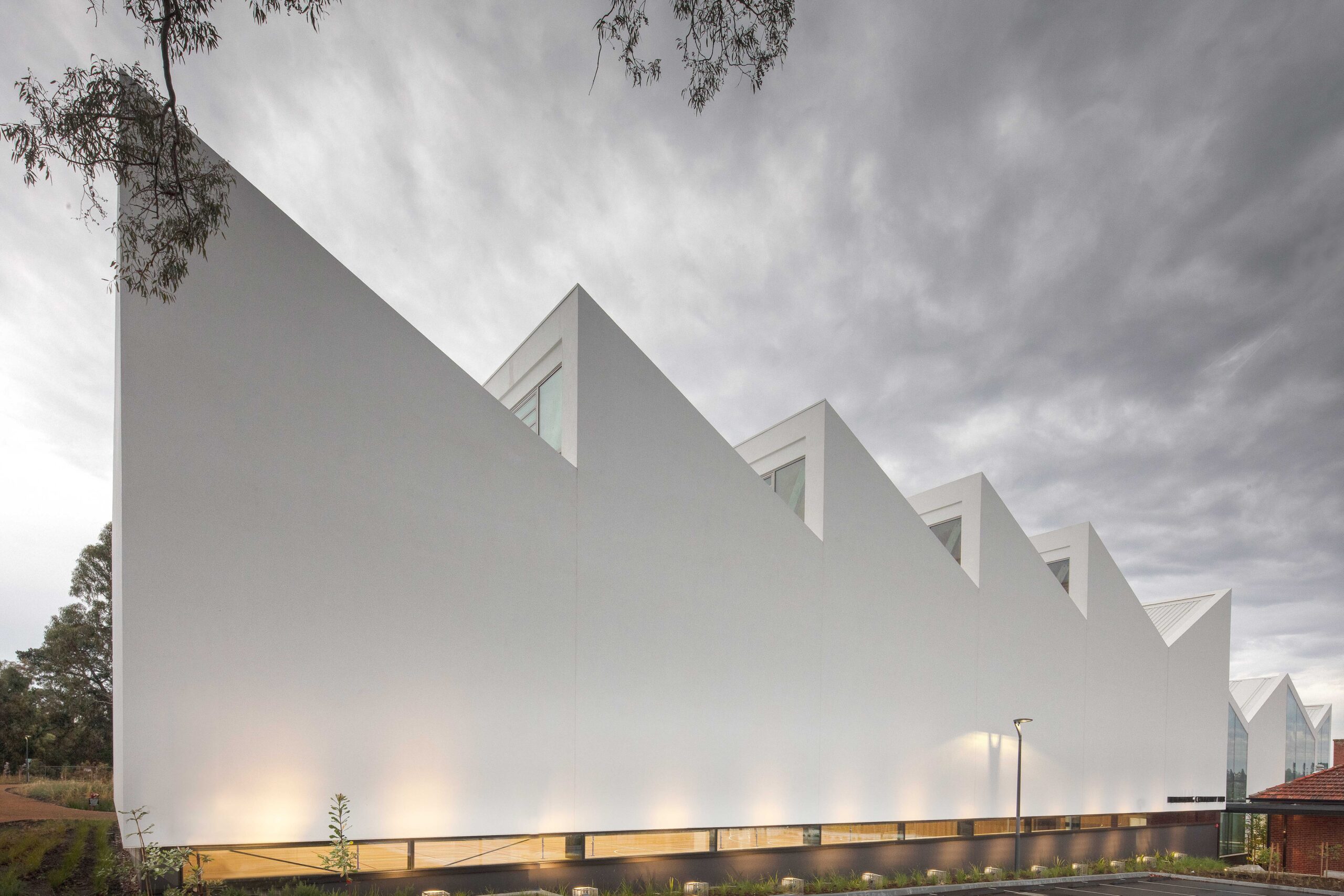
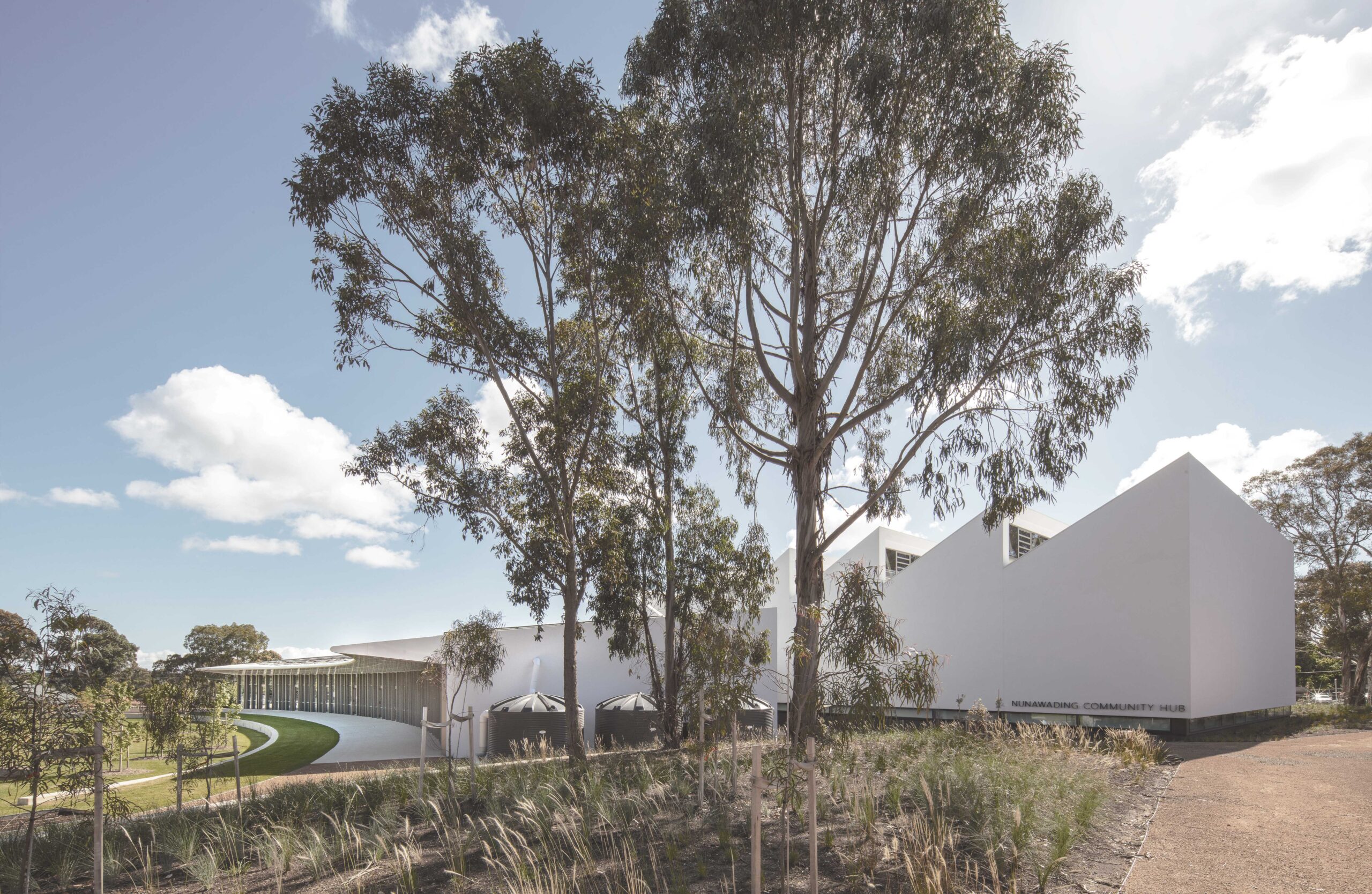
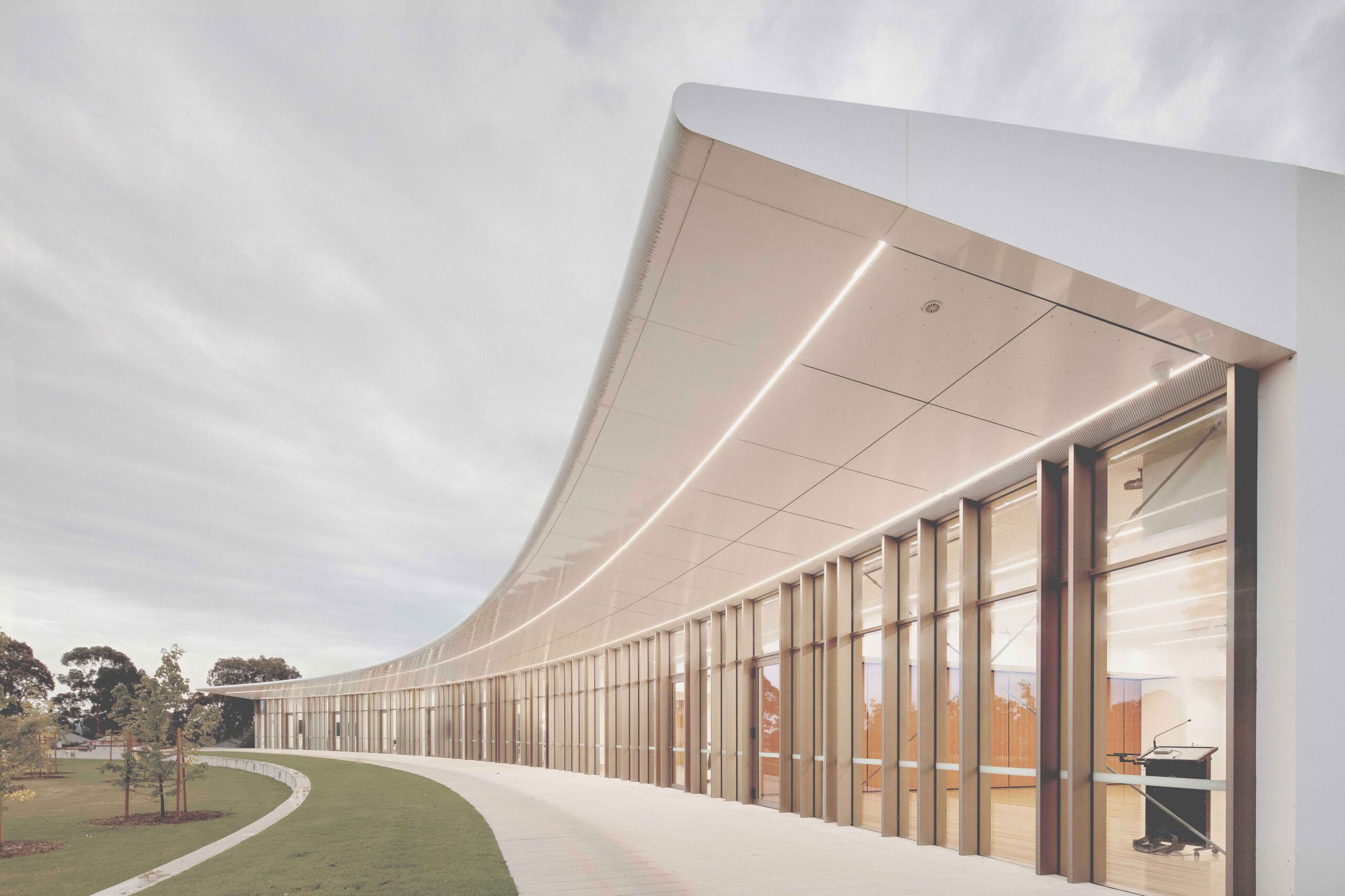


fjcstudio acknowledges all Aboriginal and Torres Strait Islander peoples, the Traditional Custodians of the lands on which we work.
We recognise their continuing connection to Country and pay our respects to Elders past, present and emerging.
We extend this acknowledgement to Indigenous People globally, recognising their human rights and freedoms as articulated in the United Nations Declaration on the Rights of Indigenous Peoples.



